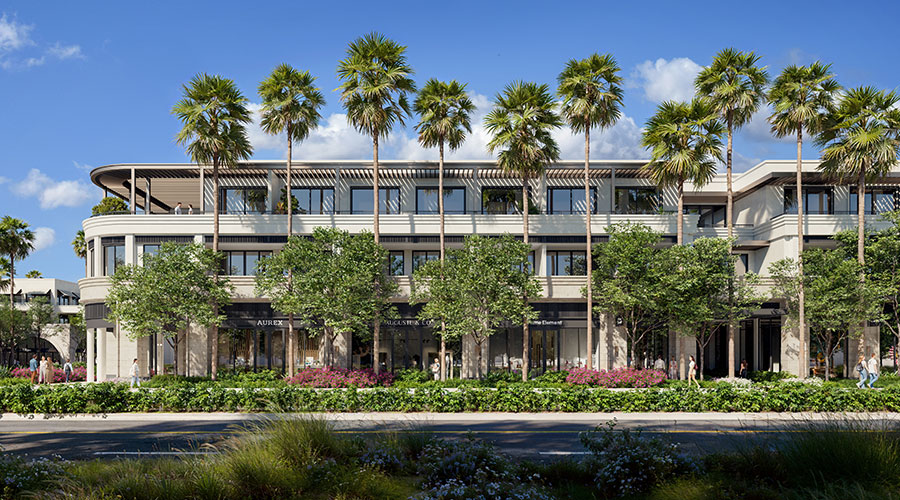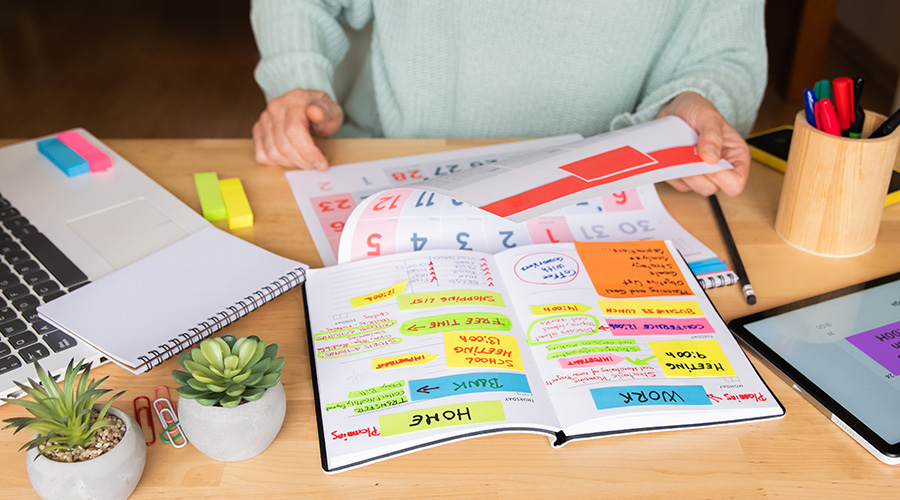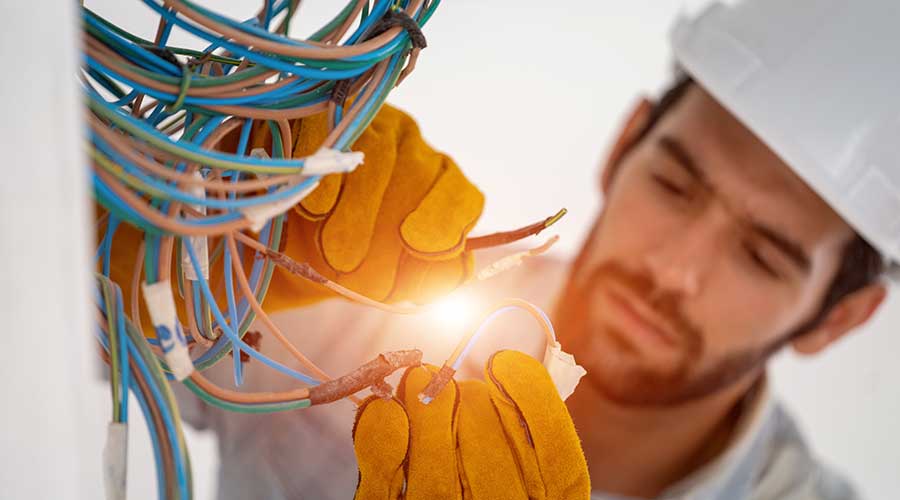The Art of a Facility Site Walk
Site visits go beyond technicality, they create visibility and connection.
By Maria Ruiz, Contributing Writer
I believe there’s an art to walking a facility. It has nothing to do with how quickly you move, but how completely you see your surroundings.
After decades of site visits and all kinds of inspections and audits, I’ve come to understand that the site walk isn’t just a daily to do on the checklist, but a timeless method that separates good facilities management from great facilities management.
My lean six sigma always trained me in this art we call the “Gemba walk,” which is the place you go to see where the work happens. It’s the place you observe, learn and understand. But, many times, for me, it’s more than that. It’s like a performance art that also leads to some detective work that can even be meditative as you move fluidly throughout. And when done right, it reveals everything your site is trying to tell you.
A very valuable technique for me and my team is to engage all five senses during the walk. Most people will walk through a building and only see what is directly in front of them, but I trained myself and my team to look beyond. The focus is all the senses. Engaged and ready to detect, prevent, repair, inspect and even replace. Listen to that HVAC system. Does it sound labored or smooth? Smell the air quality in different zones. Is there a musty odor suggesting moisture issues or an unusual scent indicating an electrical problem brewing?
Touch surfaces as you pass. Are the handrails secure? Do door handles feel loose? Look much more beyond the obvious–look up! Are the ceiling tiles stained with water marks? Observe lighting levels in corners, notice where the patterns on flooring may indicate unexpected traffic flows. Taste matters too–a metallic taste in the drinking fountain could signal plumbing concerns.
One of my favorite training techniques is teaching my team to walk differently every day. On some days we focus on lighting exclusively. Perhaps natural light penetration, fixture cleanliness, dark corners that may need attention. Another day it may be an acoustic walk as we listen with intent to learn about any possible noise concerns. Where do private conversations lack privacy? For example, many employees, post pandemic, with assigned cubicle spaces were consistently finding vacant offices, conference rooms or isolated areas for their endless zoom calls which signaled an unmet meet post pandemic need that we addressed soon after. This observation was crucial in space planning and utilization as well as potential capital alterations.
Timing is another way to vary the art of the walk. Morning walks reveal different issues than afternoon walks. Evening walks show how spaces function for the evening staff. Even weekend walks reveal and expose problems that only appear when buildings are quiet. The more systematic and strategic our varied walks the more we ensure that we catch issues that only manifest under specific conditions.
In lean six sigma these methods are reinforced and by varying our observation we end up exposing those hidden issues before they become a crisis. It’s proactive rather than reactive facilities management–my favorite kind.
The creative aspect that makes it an art form in my opinion is when you allow yourself to see not just what is, but what could be. The awkward corner that collects clutter? Maybe we can create a focused work nook. The overly bright and open conference room where people squint? Perhaps we need to adjust the lighting zones. The building is always communicating like a piece of art hanging on the wall screaming for interpretation and to master its language.
Site visits go beyond technicality, they create visibility and connection. When building occupants regularly see you walking the floors, asking questions, noticing details, it builds trust. They learn that facilities management isn’t hiding in a back office-we are present, engaged and paying attention.
The art of the site walk is about showing up with curiosity, engaging the senses fully, shifting your perspective intentionally and allowing your spaces to teach you something new every day. It’s timeless because it’s fundamentally human. The practice of paying attention, staging curiosity, and finding beauty in the details that others may overlook.
So, challenge. Tomorrow or whenever you are at your site, walk the site. Try to approach it as an artist approaches a canvas. What will you notice that you have never seen before? What story is your building trying to tell you? Remember, the answers are there, waiting to be uncovered by someone who’s learned the art of truly seeing–you are the facilities master artist!
Maria Ruiz is a Facilities Operations Manager at UNICEF USA with 15+ years of cross-sector expertise. Overseeing multiple national offices, she applies Lean Six Sigma methodologies to create sustainable, efficient workspaces supporting humanitarian missions. Her writing champions women in facilities management by blending technical knowledge with practical insights that empower professionals in this traditionally male-dominated field.
Related Topics:












